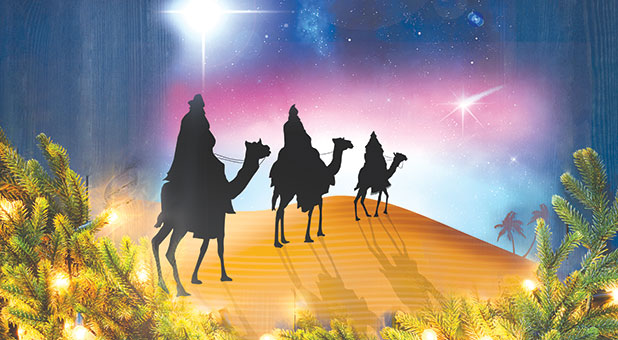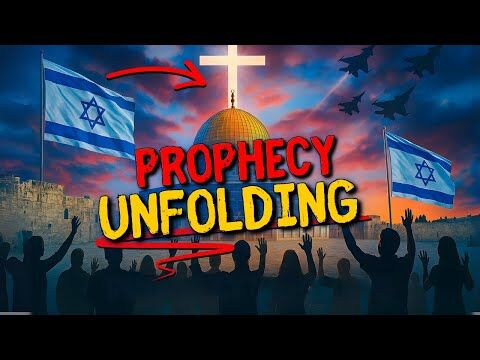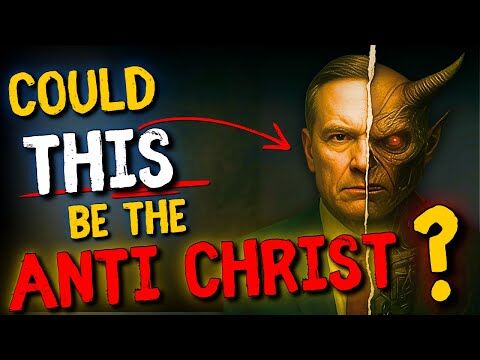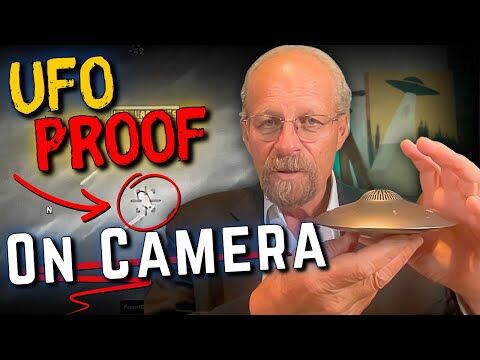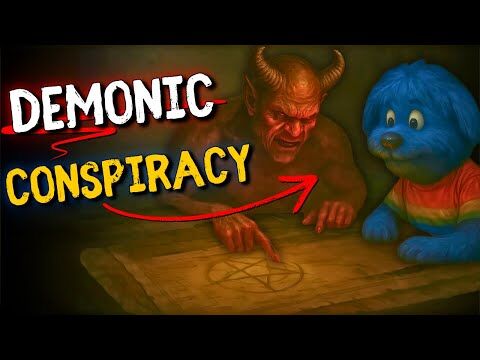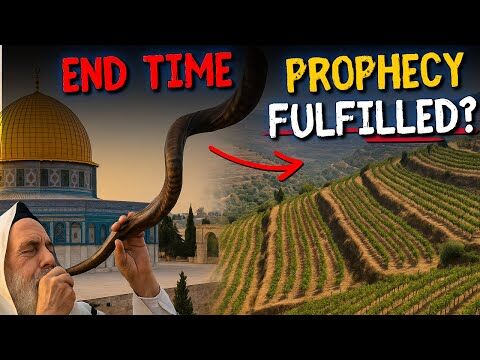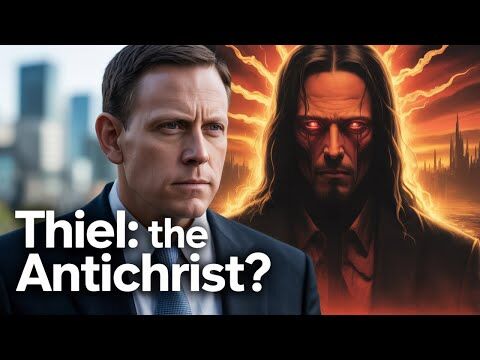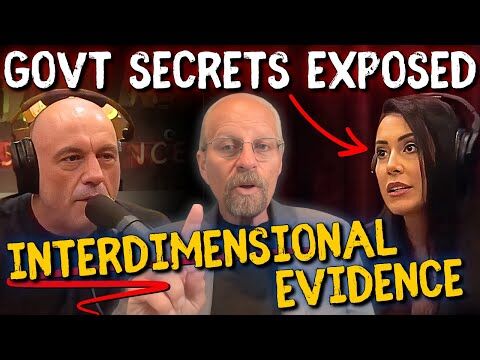Though it rightfully takes a back seat to celebrating the birth of Jesus Christ, many churches each year celebrate the visit of the wise men on Jan. 6, also known as Epiphany, or the 12th day of Christmas. Matthew 2:1-12 gives the incredible account of these men who sought to bring Jesus gifts. I love this story, and I love to sing the carol “We Three Kings of Orient Are.” Maybe you do too—it remains a classic that’s sung every Christmas season.
But there’s just one problem. There are a few details found in the carol that are not listed in the Scriptural account. No, these details do not contradict Christian doctrine, but if we’re going to tell the story of the wise men to those who don’t know it, we should be careful to share what Scripture—not the carol—teaches.
So what does the carol “We Three Kings of Orient Are” add? It’s all there in the title:
- Three — Matthew 2:1 simply says “wise men,” with no number given. Perhaps because there were three gifts presented to the Christ child, the assumption was made that there were three donors of the gifts. But the truth is, Scripture does not tell us how many wise men came to visit.
- Kings — Matthew 2:1 describes the visitors as “wise men” (or magoi in Greek; magi in English). Biblical scholars believe they were most likely members of a priestly caste that specialized in the interpretation of dreams, omens and seeing symbolism in the stars, and, according to the ancient historian Heroditus, they claimed the gift of prophecy. They were probably not kings.
- Orient — We usually think of the Orient as the Far East, including nations such as China. But Matthew 2:1 simply says the wise men came “from the East.” We do know that there was a group that fits the above description in ancient Media (today’s Iran). Other scholars identify a similar group in present-day Iraq. Regardless, there is no evidence that they came from the Far East.
Another non-biblical detail in our commemorating the visit of the wise men comes from the manger scene loved by Christians all across the denominational spectrum. Manger scenes are usually displayed as “photo shots” of everybody we associate with Christmas: Mary, Joseph, Jesus, the shepherds, the animals, angels and the wise men. But Matthew 2:11 speaks of the wise men entering a house, not a barn with a manger. Additionally, the word used here for Jesus is toddler, not infant.
Herod, attempting to eliminate this rival king, slaughtered the young boys of Bethlehem up to age 2 (Matt. 2:16-18). Why not just tiny babies? Most likely because it took a considerable amount of time for the wise men to make the long, dangerous journey to Israel. By that time, the holy family had long since departed the place of the manger for a better place to stay. Wouldn’t you?
So to be biblically accurate, get those wise men out of your manager scene—but don’t get rid of them. At our church, at our Christian healing center and at our home, we place the wise men off to the side, facing the manger from a distance, still on their way to Bethlehem on Christmas Day. Indeed, the wise men are part of the story (just not the Christmas Day part). And as we will see, understanding more about their story can deepen our own sense of awe, wonder and celebration surrounding the birth of Jesus.
Should We Study the Stars?
The wise men discerned from the symbolism of the stars that something extraordinary was to occur. In Matthew 2:2, they asked, “Where is the child who has been born king of the Jews? For we observed his star at its rising“—which is a better translation than “in the East” (NRSV).
What was “his star”? There have been various explanations suggested over the centuries, but they all agree that to those believing in the symbolism of planets and stars, there was to be a new king in Israel who would be the king over all the world.
For a further exploration of this subject, go to a planetarium during December. In the dome the stars will be positioned to reflect the heavens at the time thought to be the birth date of Jesus. The lecture will explain why the wise men derived the conclusions they did. Or read one of the books or view one of the DVDs that do the same. (Some helpful resources are the book The Star of Bethlehem: The Legacy of the Magi by astronomer Dr. Michael Molmar and the DVD The Star of Bethlehem by attorney Frederick Larson.)
But some Christians might wonder: Is it a good idea to study the stars? Isn’t this indulging in astrology, which is occultic and forbidden? I believe the answer is that there is a right way and a wrong way to study the stars.
- The right way — While the Christian faith is often straightforward in its setting forth of scriptural doctrine and commandments, there is sometimes mysticism and symbolism that add to, but never go against, the plain teaching of Scripture. God proclaims His glory in the heavens about who He is and what He is about—”big picture” stuff, not detailed information or guidance for the individual. We read in Psalm 19:1-2 that the heavens declare the glory of God and that the night (sky) “declares knowledge.” Job 9:9 speaks of God not only making stars in general, but also making what we call the constellations and star clusters of “the Bear” (Ursa Major) and Orion, the Pleiades and the chambers of the south.” And Jesus speaks in Luke 21:25 of signs in the sun, moon and stars.
From this we know God uses the stars—indeed, all of creation—to show His power and creative ability and to catch the attention of all humanity.
- The wrong way — Interpreting the stars goes wrong when we worship them, believe they control our lives, or make them the source of personal guidance as to our conduct. When people do this, whether by reading the horoscopes in newspapers or magazines, or by indulging in elaborate sessions with a professional astrologer, they take the focus for daily life off of God. This is dangerous—at best because it substitutes something far inferior for what we can have in God, and at worst because the power source behind astrology is Satan.
The wise men of Matthew 2 consulted the stars in ways consistent with what Scripture teaches. God showed them something of major importance for the world, and this led them on their journey to Bethlehem, because they sought God and went to worship Him.
The Gifts They Brought
However many wise men there were, and on whatever date they may have arrived, the gifts they brought were three: gold, frankincense and myrrh (Matt. 2:11). These gifts are significant and symbolic. The ancient Christian writer Origen commented about the gifts (though in different order) in the first book of his Contra Celsum, written about A.D. 248: “gold, as to a king; myrrh, as to one who was mortal; and incense, as to a God.”
While the carol “We Three Kings of Orient Are” indulged in some “poetic license,” it is on solid ground in describing what the gifts mean:
- Gold — “Born a King on Bethlehem’s plain/Gold I bring to crown him again/King for ever, ceasing never/Over us all to reign.” Gold is fit for a king and Jesus is the King of kings (Rev. 19:16). He is not merely a good teacher, or a religious adviser, or one we look to when we want something. He is the Lord. The Roman centurion, a man of some authority, acknowledged the far greater authority of Jesus (Matt. 8:5-13). Jairus, an important man as a leader in his synagogue, fell at the feet of Jesus in humility (Luke 8:41).
- Incense — “Frankincense to offer have I/Incense owns a Deity nigh/Prayer and praising, all men raising/Worship him, God on high.” Frankincense is used in the worship of God, and Jesus is God made human (John 1:1-14). We find incense used in the Bible from Genesis to Revelation. There was an altar of incense in the temple (Ex. 30:1). Worship in heaven includes the burning of incense (Rev. 5:8; 8:3-4). A growing number of churches today make use of incense in their worship.
- Myrrh — “Myrrh is mine; its bitter perfume/Breathes a life of gathering gloom/Sorrowing, sighing, bleeding, dying/Sealed in the stone-cold tomb.” Myrrh is used in embalming, and Jesus is the one appointed to die as the atoning sacrifice for human sin (Heb. 9:24-28; Mark 10:45). When Jesus was presented in the temple 40 days after His birth, the elderly Simeon told Mary a sword would pierce her very soul (Luke 2:35). God had showed him that Jesus would not die peacefully.
The carol’s last verse brings it all together: “Glorious now behold Him arise/King and God and sacrifice.”
What Can I Give Him?
Gold, frankincense and myrrh. That’s what the wise men gave the Christ child. What gifts can we give Christ?
First, remember that our gifts do not merit salvation. We cannot earn it by our good works. Having said that, though, our salvation is proven by our works. If we love God, we will want to worship, obey and serve Him out of gratitude. As James 2:17 says, “So faith by itself, if it has no works, is dead” (MEV). If our behavior has not changed, and if we do not respond to God’s grace with service to Him and to others, we should question to what degree we have truly given our lives to the Lord.
Paul shows us the proper relationship of faith and works in Ephesians 2:8-10, where he reminds us we are saved by grace, through faith, for works. When I was 12 years old, the pastor of my church gave me what became my “life Scripture verse”—1 Corinthians 15:58: “Therefore, my beloved brothers, be steadfast, unmovable, always abounding in the work of the Lord, knowing that your labor in the Lord is not in vain.”
In recent years the English Christmas carol “In the Bleak Midwinter” has gained popularity. In the last verse the writer Christina Rossetti asks and answers a question: “What can I give him, poor as I am?/If I were a shepherd, I would bring a lamb/If I were a wise man, I would do my part/Yet what I can I give him—Give my heart.”
When Scripture uses the word heart, it means far more than just our emotions. It means the very core of our being, everything we are and everything we have. To give Jesus our heart this Christmas, we can do no better than presenting the same gifts the wise men offered to Jesus: honor, worship and sacrifice.
1) Honor (gold) — Jesus is the King of kings, and perhaps no material is more associated with kings than gold. Yet to honor Christ as King means to obey Him and walk in the center of His will. It may be generous to spend time visiting shut-ins, but if God instead called you to devote your time to youth ministry, you are still being disobedient.
There is a dangerous teaching gaining momentum and harming many disciples of Jesus today called “hyper-grace.” So great an emphasis is put on God’s unconditional love that people conclude they can do whatever they like. Hyper-grace teaching is merely an attempt to rationalize away what God forbids by covering over immorality with words that sound Christian. Instead of listening to whatever teaching tickles your ears, give heed to what Jesus Himself said: “If you love Me, keep My commandments” (John 14:15).
And speaking of gold, God’s standard is still the tithe: 10 percent. God revealed that to His people through the prophet Malachi (3:6-12), and Jesus underscored it in His conversation with the Pharisees (Matt. 23:23).
2) Worship (frankincense) — Take more time out of your busy schedule to devote yourself to worship. Taking in biblical teaching, receiving blessings, offering prayer concerns and serving in ministry are all important, but our chief purpose as followers of God is to worship. We are not to judge whether a time of worship was “good” based on how it made us feel. First and foremost, worship is about ministering to God. As Matt Redman reminded himself and us, the heart of worship is all about Jesus.
Make sure your worship includes individual times of adoration, informal gatherings with other believers to praise and corporate worship in the fellowship of a church. Make sure your worship is addressed to God in His fullness—Father, Son and Spirit.
3) Sacrifice (myrrh) — Thank Jesus every day for His sacrifice for us. One of the best ways to do this is to be “a living sacrifice, holy and acceptable to God” (Rom. 12:1). Paul ties together our bodies (v. 1) and our minds (v. 2), indicating that the living sacrifice is our entire selves.
The trouble with any sacrifice that’s living, however, is that it will often try to crawl off the altar it’s placed upon. To remain a sacrifice upon the altar takes discipline in refusing to yield to our fleshly desires and instead follow the guidance of the Holy Spirit, who will always lead us on the path to become more like Jesus. This is spiritual growth. Yet such growth isn’t easy, which is why it involves the ongoing working together of ourselves, others and God.
First, spiritual growth involves hard work on our part. Notice all the action words and phrases in the Epistles—things we are called to do such as “flee,” “put on,” “do your best,” “humble yourselves” and “build yourselves up” (1 Cor. 10:14; Eph. 6:11; 2 Tim. 2:15; 1 Pet. 5:6; and Jude 20).
Second, we need the help of others. The Corinthians came to faith and grew in it because of the planting and watering of others (1 Cor. 3:6). Priscilla and Aquila took Apollos aside and “explained the way of God more accurately” (Acts 18:26).
Third, we ask God to give the increase so that our hard work and the help received from others will bear fruit in us (1 Cor. 3:6).
Our hard work, the help of others and the grace of God for the increase—leave any one of these out and we will not become godlier people. Make use of all of these, daily and intentionally, and see how you are becoming more like Christ.
Be a Wise Man or Woman This Christmas
The wise men were wise because, at great cost and personal sacrifice, they sought Christ with all their hearts.
Here’s a thought: In your Christmas display, as you (re)position the wise men out of the manger scene to a short distance away, add a photo of you. And as Dec. 25 advances to the 12th day of Christmas—Jan. 6—move the wise men and your photo forward to the Christ child.
As the wise men fall down in homage before Jesus, bend the knee of your heart, mind and will to Jesus with your gifts of gold, frankincense and myrrh.
Mark A. Pearson is the author of five books, including two published by Charisma Media—Christian Healing: A Practical and Comprehensive Guide and Fifty Days of Glory: From Easter Morning to the Eve of Pentecost. With his wife, Dr. Mary Pearson, he leads New Creation Healing Center in Kingston, New Hampshire. He is much in demand for teaching conferences and healing services in churches.
Hal Lindsey explores the mystery of the magi at Jesus’ birth and its link to ancient prophecies at magi.charismamag.com

